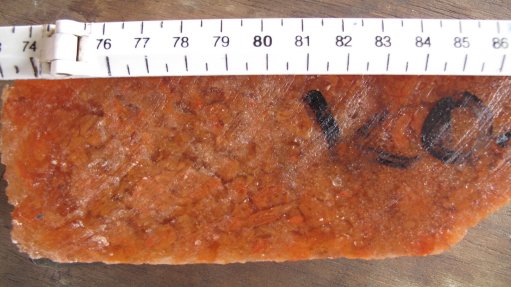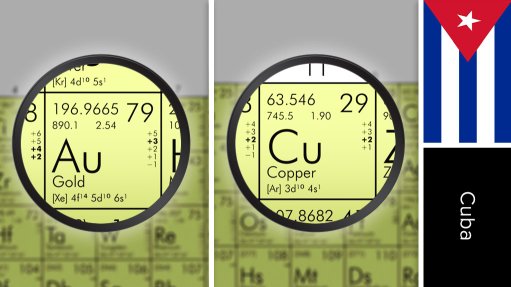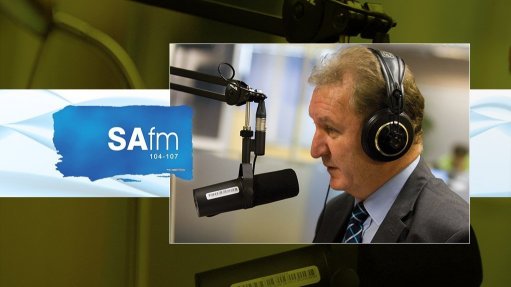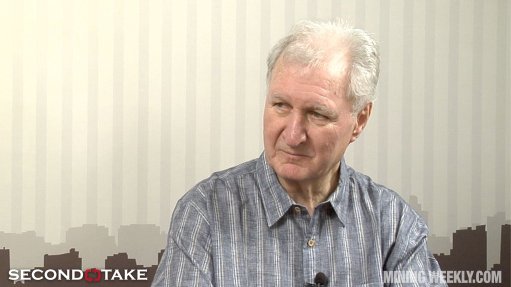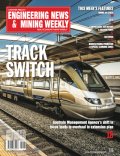Wastepaper R&D receives R2m from local industry body
Fibre Circle, the producer responsibility organisation (PRO) for the paper and paper packaging sectors, has earmarked R2-million for research and development (R&D) in the areas of alternate and innovative uses for recovered paper as well as the provision of recycling equipment for micropreneurs who add value to difficult-to-recycle papers.
Established by the Paper Manufacturers Association of South Africa (Pamsa), Fibre Circle is aimed at broadening the scope and use of recovered paper through extended producer responsibility (EPR). Representing manufacturers and importers of paper and paper packaging, Fibre Circle’s EPR programme seeks to support the establishment of infrastructure and alternative systems to support the improved collection and reprocessing of recyclables. This will require that all importers and manufacturers of any type of paper-based product – from copy paper and paper cups, to labels and release liner – belong to a registered PRO and contribute financially based on their tonnages.
The paper and packaging sectors are currently in consultation with Minister of Environment, Forestry and Fisheries Barbara Creecy around Section 18 of the National Environmental Management Act which moots extended producer responsibility measures and responsibilities for identified products or classes of products. Fibre Circle already runs a voluntary EPR programme for the following products: printing and writing paper, packaging papers, liquid board packaging, sacks and bags, and labels and adhesive backing paper.
“In line with the circular economy, we have to work together to develop new paper-based solutions to prevent valuable and usable fibre going to landfill, and ensure that it is turned into value,” says Fibre Circle manager Francois Marais.
He highlights that wood-based fibre, which includes paper and board, is a greener and renewable alternative to fossil-based materials. Made from farmed trees, both wood and paper store carbon in their fibres – and this carbon stays locked up for the lifetime of the products made from it. Wood pulp – essentially cellulose – is also very versatile. “Not many people know that cellulose is used to make rayon fabric and laptop screens, or that it is an additive in many foods, cosmetics and medicines.”
Currently, South Africa is in the enviable position of being able to recycle up to 90% of its recovered wastepaper locally, into paper packaging serving the agriculture, manufacturing and retail sectors. “A country such as Sweden has high collection rates, but recycles only 11%; the majority feeds waste- to-energy plants.”
Last year, an overcapacity of pulp and paper was reported globally; one country that has experienced overcapacity in its paper industry is China.
It is seeking to safeguard the health of its labour force that manually separates waste, protecting its environment, while reducing pollution.
As a result, the Chinese government told the World Trade Organisation in 2017 that out of concern for the environment and public health, it could no longer accept waste from other countries. China implemented a ban on the importing of 24 kinds of scrap, disrupting the cross- border flows of waste that underpin global recycling markets.
The global market for wastepaper has changed considerably over the past few years and this, in addition to the local economy’s lack of growth, means 2020 was off to a slow start.
The severe drought in fruit-growing regions has had a knock-on effect for the paper packaging sector. “Corrugators produce fewer boxes for fruit, with the result being that mills produce less paper, which, in turn, affects wastepaper consumption rates,” says South African paper association RecyclePaperZA GM Anele Sololo
.
“The lower demand in the market will effect a price drop, as mills need to ensure that they remain commercially viable, unfortunately, this affects recycling collectors and traders,” Sololo elaborates.
“It is important to understand that collectors are paid for the recyclables they collect, and the higher the value of that recyclable, the more likely they are to collect it,” says Sololo.
Moreover, Marais points out that the challenge – and opportunity – is to develop new uses for recovered wastepaper during this economic slowdown, which has led to lower production by South African paper mills that use wastepaper as raw material.
Owing to this, Marais mentions that there is a need to adjust to a new norm, which is to reduce the amount of packaging used and find innovative uses for wastepaper beyond making it into cardboard boxes.
Another option for the use of recycled paper would be to make polystyrene fruit trays, says Pamsa communication manager Samantha Choles.
“We have to find ways of making low-cost products with recyclable paper. Owing to the trays being single use, lower- grade fibre from common mixed waste can be used,” she says.
However, she notes that the demand for this type of product needs to come from retailers, brand owners or consumers.
Fibre Circle and Pamsa’s recycling arm RecyclePaperZA are also aiming to equip entrepreneurs through training and mentoring for their already monetised recycling businesses.
The entities are also involved in school outreach programmes to create awareness about responsible disposal and recycling, as well as providing education and training courses for the standards and requirements associated with recycling and the paper industry.
“It is important to teach people about paper, where it comes from and how to reuse, recycle or dispose of it responsibly,” she concludes.
Comments
Announcements
What's On
Subscribe to improve your user experience...
Option 1 (equivalent of R125 a month):
Receive a weekly copy of Creamer Media's Engineering News & Mining Weekly magazine
(print copy for those in South Africa and e-magazine for those outside of South Africa)
Receive daily email newsletters
Access to full search results
Access archive of magazine back copies
Access to Projects in Progress
Access to ONE Research Report of your choice in PDF format
Option 2 (equivalent of R375 a month):
All benefits from Option 1
PLUS
Access to Creamer Media's Research Channel Africa for ALL Research Reports, in PDF format, on various industrial and mining sectors
including Electricity; Water; Energy Transition; Hydrogen; Roads, Rail and Ports; Coal; Gold; Platinum; Battery Metals; etc.
Already a subscriber?
Forgotten your password?
Receive weekly copy of Creamer Media's Engineering News & Mining Weekly magazine (print copy for those in South Africa and e-magazine for those outside of South Africa)
➕
Recieve daily email newsletters
➕
Access to full search results
➕
Access archive of magazine back copies
➕
Access to Projects in Progress
➕
Access to ONE Research Report of your choice in PDF format
RESEARCH CHANNEL AFRICA
R4500 (equivalent of R375 a month)
SUBSCRIBEAll benefits from Option 1
➕
Access to Creamer Media's Research Channel Africa for ALL Research Reports on various industrial and mining sectors, in PDF format, including on:
Electricity
➕
Water
➕
Energy Transition
➕
Hydrogen
➕
Roads, Rail and Ports
➕
Coal
➕
Gold
➕
Platinum
➕
Battery Metals
➕
etc.
Receive all benefits from Option 1 or Option 2 delivered to numerous people at your company
➕
Multiple User names and Passwords for simultaneous log-ins
➕
Intranet integration access to all in your organisation






